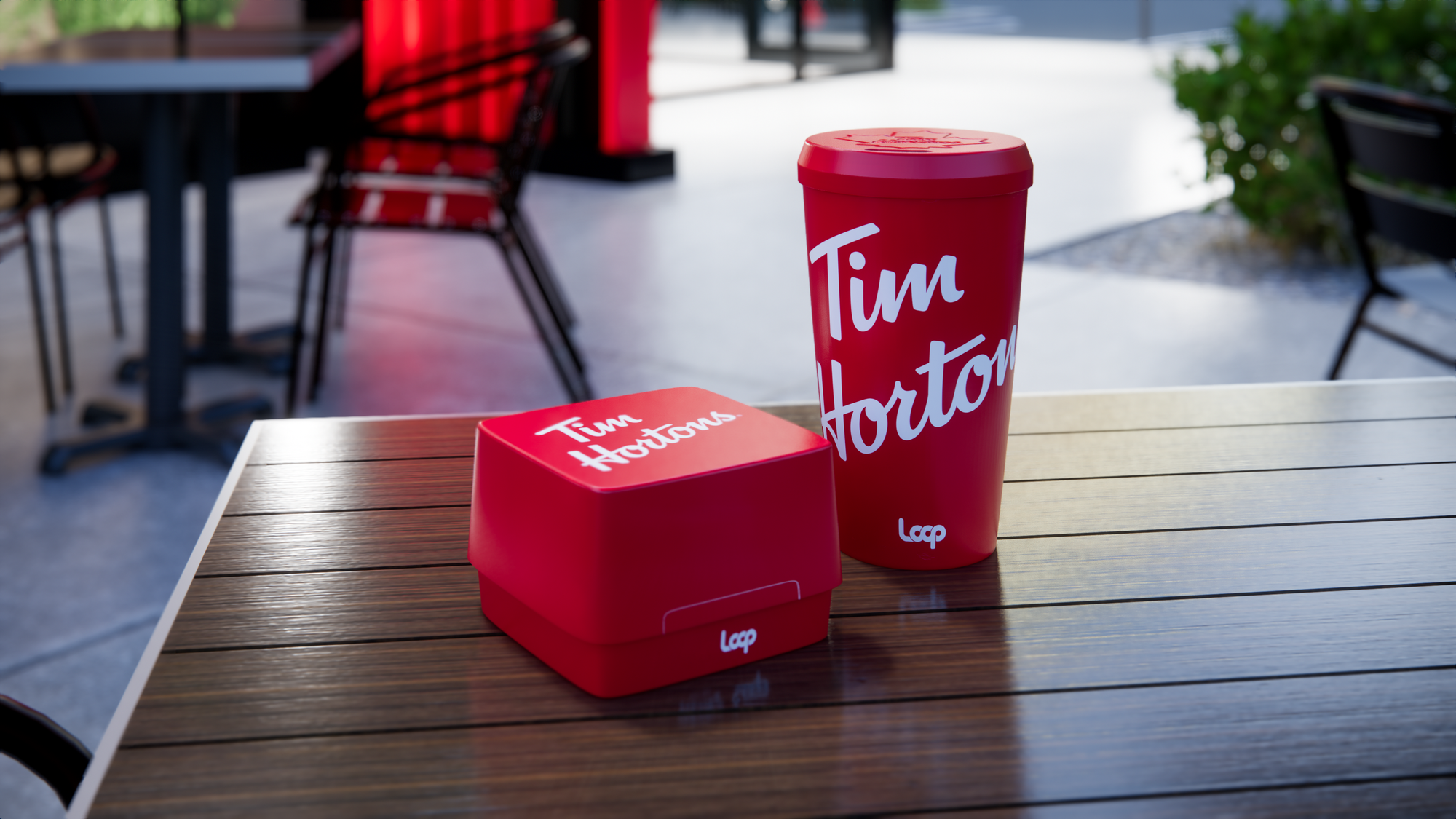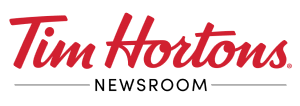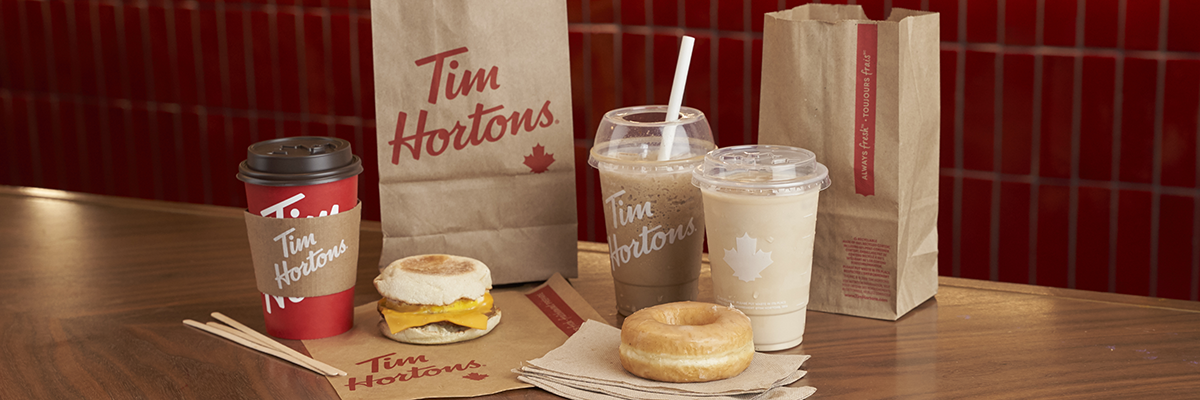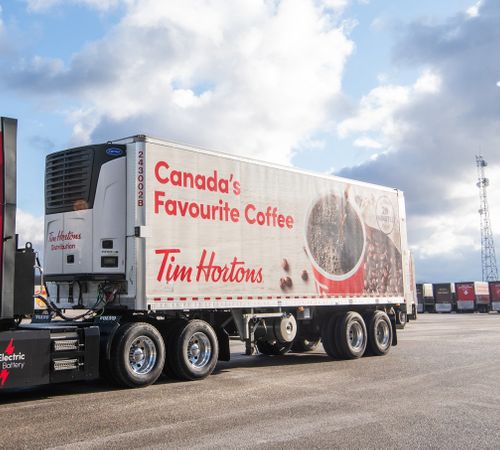- Tim Hortons is proud to unveil Tims For Good, a sustainability platform designed to promote continuous improvement at Tim Hortons across three pillars: people and communities, food and beverage quality, and the planet
- On Tuesday we shared details about our people and communities pillar, including how our annual fundraisers Camp Day and Smile Cookie have collectively raised $275 million to date. On Wednesday we detailed our food and beverage quality pillar and how the entire Tim Hortons core menu will be free from artificial colours, flavours and preservatives by the end of the year
- Today we’re sharing our planet pillar, including plans to eliminate one billion single-use plastics this year and how we’re in the final phase of introducing paper straws to all of the nearly 4,000 Tim Hortons restaurants across Canada
Even the smallest changes have the potential to make a big impact. That’s the inspiration behind Tims For Good, a sustainability platform designed to promote continuous improvement at Tim Hortons across three pillars: people and communities, food and beverage quality, and the planet.
“We’re committed to improving our sustainability practices every way we can, and today on Earth Day, we’re proud to share that we’re eliminating one billion single-use plastics this year, including by phasing out plastic straws,” says Paul Yang, Director of Sustainability and Packaging for Tim Hortons.
“We’re also doing a lot of little things that guests may not notice but add up to a huge impact. Like our easy-to-miss alteration to our latest napkins, which are made with 100 per cent recycled fibre, require 25 per cent less material to produce, and will help us save 900 tonnes of paper a year.”
Tim Hortons is on the verge of fully phasing out the use of plastic straws at all of the nearly 4,000 Tim Hortons restaurants across Canada, which is expected to eliminate the use of 300 million single-use plastics a year. The transition to paper straws began last year and all restaurants stopped receiving shipments of plastic straws as of January. More than 85 per cent of restaurants have already converted to paper straws and it’s expected that all Tim Hortons restaurants will be offering guests paper straws by the end of May.
Including the transition to paper straws, we’re making positive improvements to more than three billion units of packaging this year.
“When it’s safe to do so, we’ll also return to encouraging guests to use reusable cups so we can together reduce the need for single-use cups,” says Yang. “In the meantime, we’re working on testing different paper cups made with 30 per cent recycled materials and a cup with a compostable liner, and we’re also really excited about our upcoming Loop pilot project to test a returnable cup system.”
In October, Tim Hortons announced a partnership with TerraCycle's zero-waste platform Loop to pilot a program that will give guests the option of paying a deposit and receiving reusable and returnable cups or food containers with their order. When guests are finished their drink or meal, they can return their reusable cups or food containers at a participating restaurant and have their deposit refunded. The reusable cups and food containers are then professionally cleaned and sanitized by Loop so they can be reused again and again. It's anticipated that over time, the Loop platform would have a growing number of drop-off locations — both at Tim Hortons restaurants and elsewhere — that would make the program even more convenient for guests to participate in. The pilot test is expected to launch later this year at select Toronto restaurants.

Earlier this year we also introduced new paper-based wrappers for sandwiches and bagels that are fully recyclable, while also cutting the use of paper by 17 per cent annually. The new packaging is estimated to reduce more than 460 tonnes of plastic a year.
Tim Hortons has also developed new restaurant design standards for future renovations and new builds that aim to reduce energy consumption, water use, greenhouse gas emissions and waste. Some of our green building initiatives include the use of recycling and composting programs, increased air ventilation, an electrical energy management system, low-flow automatic faucets and flush valves, and high-efficiency hand dryers.
For more information on Tims For Good visit timhortons.ca/tims-for-good.






